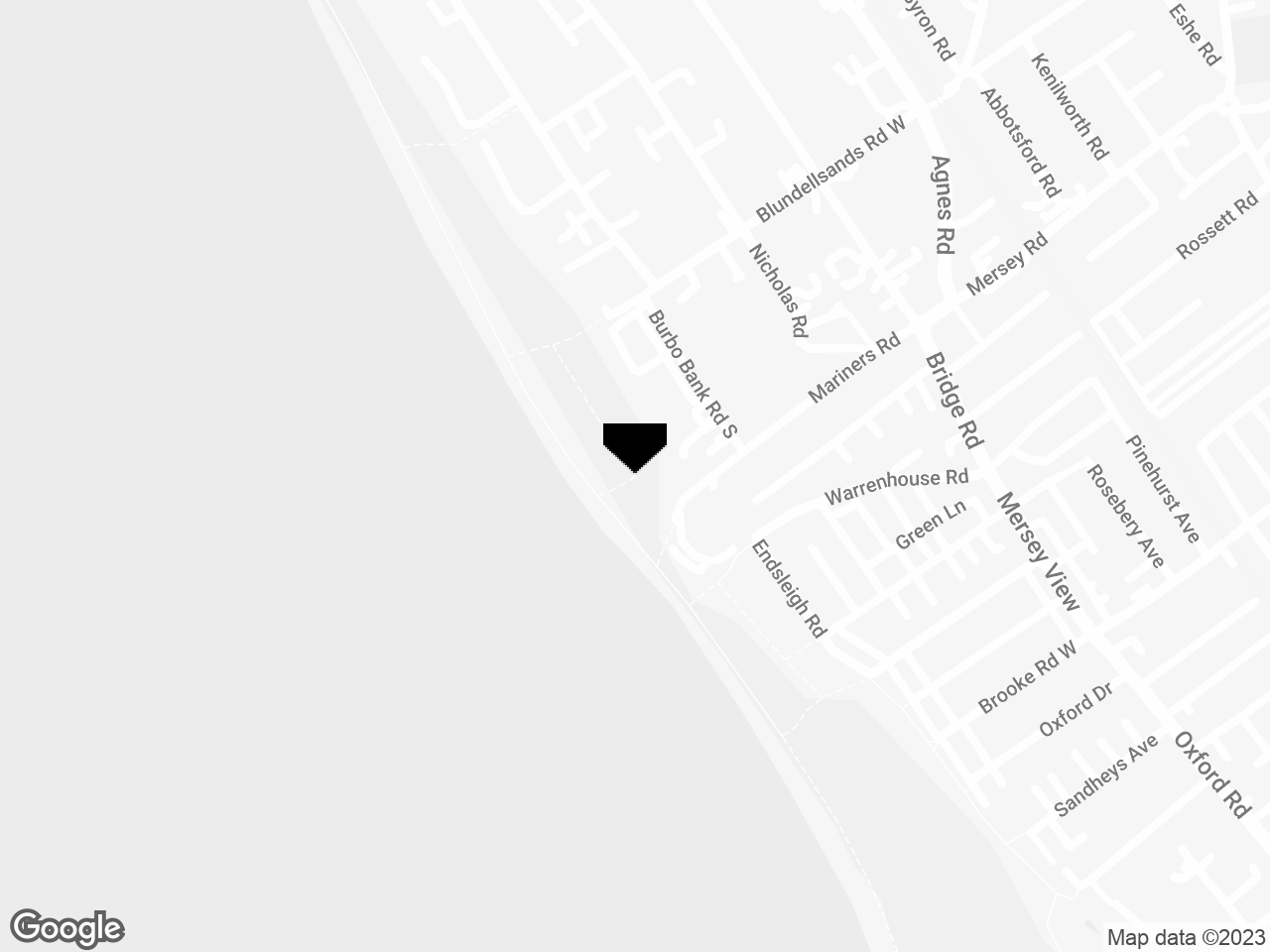Announcing the release of a new limited-edition print by Sir Antony Gormley.
We are delighted to announce the release of a new limited-edition print by Sir Antony Gormley.
Since 1998 Liverpool Biennial has supported the careers of over 380 UK based and international artists through artist development programmes and commissioning over 560 projects, including 34 in Liverpool neighbourhoods.
One of our legacy commissions is Sir Antony Gormley’s iconic ‘Another Place’ (2005) on Crosby Beach, which attracts thousands of visitors each year. To support our 25th Anniversary Appeal and to commemorate this milestone, the artist has created a signed and numbered limited edition print titled ‘Shelter’.
Over the last 25 years, Liverpool Biennial has presented impactful projects that intersect the lived experiences of Liverpool with international artistic practices. Sir Antony’s limited-edition print, as well as our Annual Appeal, will help fund new workshops for children and young people from low socio-economic and underserved communities in 2024.
The artist explains:
“For me, drawing is an oracular process: tuning into the behaviour of substances as much as to the behaviour of the unconscious, like reading images in tea leaves. It is an open and fluid process in which medium and imagery intertwine to evoke rather than describe form and feeling.
In some senses these kinds of drawings make themselves: I am simply a witness, or instigator. They come about by flooding the paper with water and then, with a fully saturated Chinese brush, allowing its touch to spread pigment. The interpenetration of mineral and water happens in time and is dependent on season and temperature as much as my will or ability.
The original drawing for ‘Shelter’ was made in my studio in Norfolk, a place of long horizons interrupted by stands of ash, beech, and oak, often overtaken by ivy, rambling rose, and hawthorn. Out of the studio window you see the weather coming across open fields – light, water, and solid merge and blur.
In ‘Shelter’ the spreading fields of pigment evoke a form that is both landscape and body crouching close to the ground. The dark, deep pool suggests the infinite space of thought and feeling that we find inside the body: a space of imagination and potential.”

